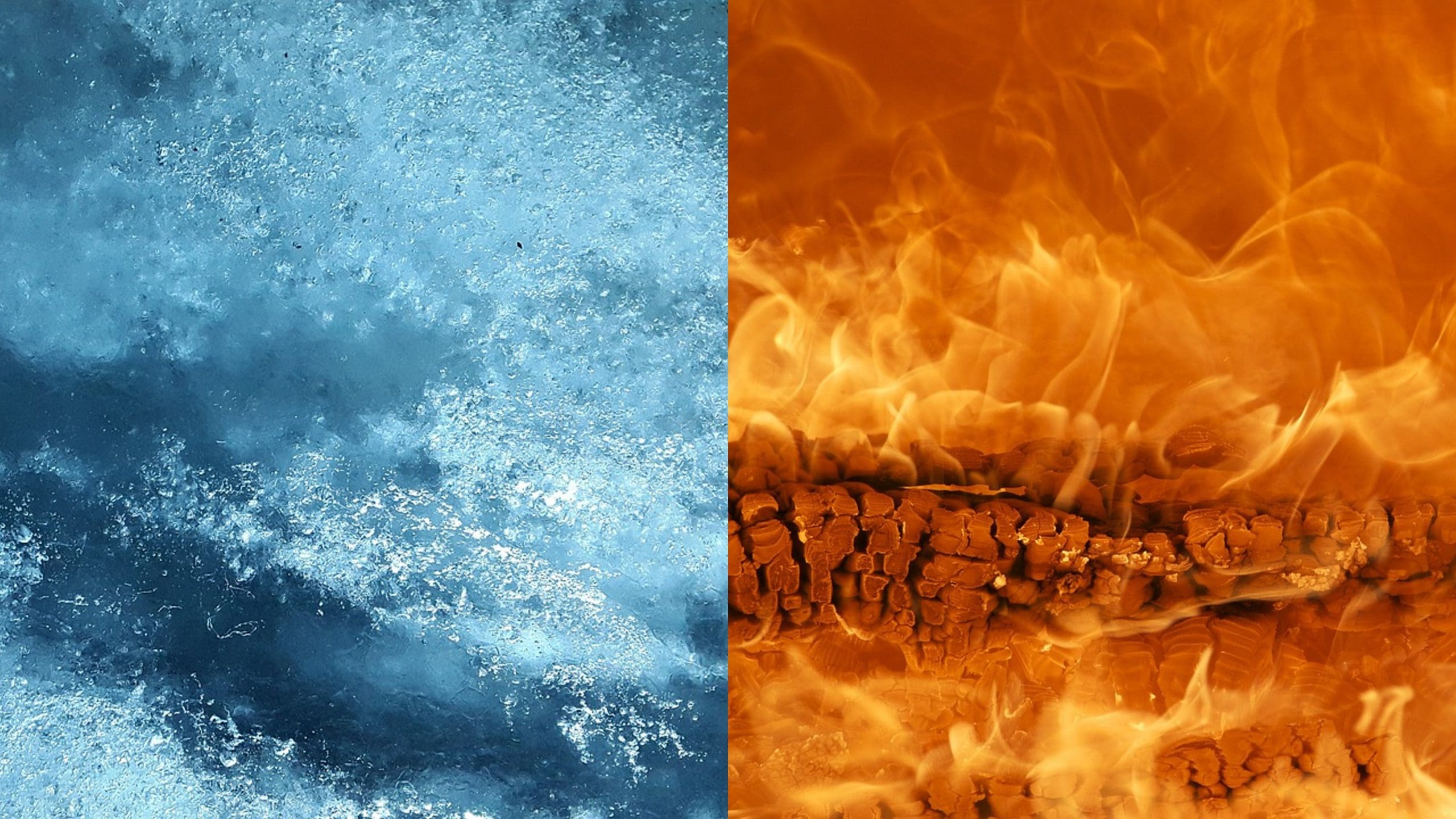This post is also available in:
 עברית (Hebrew)
עברית (Hebrew)
Researchers from the Imperial College of London and Empa have recently built a new drone that is able to withstand extremely high temperatures. The prototype is called FireDrone and could be sent into burning buildings or woodland to assess hazards and provide data from danger zones, which would then be sent to first responders to help inform their emergency response.
According to TechXplore, the drone is made of a new thermal aerogel insulation material and has an inbuilt cooling system to help it withstand temperatures of up to 200°C for ten minutes.
Professor Mirko Kovac, Director of the Aerial Robotics Lab at Imperial College London and Head of the Laboratory of Sustainability Robotics at Empa, said, “Until they enter the danger zone, firefighters can’t be certain of what or who they’ll find, and what challenges they’ll encounter. FireDrone could be sent in ahead to gather crucial information—noting trapped people, building layouts, unexpected hazards—so that responders can prepare accordingly to keep themselves safe and potentially save more lives.”
Nowadays, drones are already being used in firefighting, but only from afar. They are used to take aerial footage, hoist firehoses up skyscrapers, or drop fire retardants in remote areas to slow the spread of wildfires. However, these drones are unable to fly much closer in fear that their frames melt and their electronics fail.
The researchers knew that drones equipped with cameras and carbon dioxide (CO2) sensors, for example, could provide crucial information about the layout and composition of fires.
According to the research published in the journal Advanced Intelligent Systems, to build the drone, the researchers created a protective structural shell made of lightweight, thermally super-insulating materials like polyimide aerogel, and glass fibers. They coated this with super-reflecting aluminum to reflect heat. Within this protective exoskeleton, they placed the components that are sensitive to extreme temperatures, like cameras, CO2 sensors, video transmitters, flight controllers, batteries, and radio receivers. They also used the release and evaporation of gas from the CO2 sensors to build a cooling system to keep temperatures down.
Thanks to all these precautions, FireDrone can also be used in extremely cold environments, in polar regions and in glaciers.
The researchers say that although FireDrone is at the prototype stage, it is a step forward for the development of other drones that can withstand extreme temperatures, which can be revolutionary for the first aid and research industries.


























